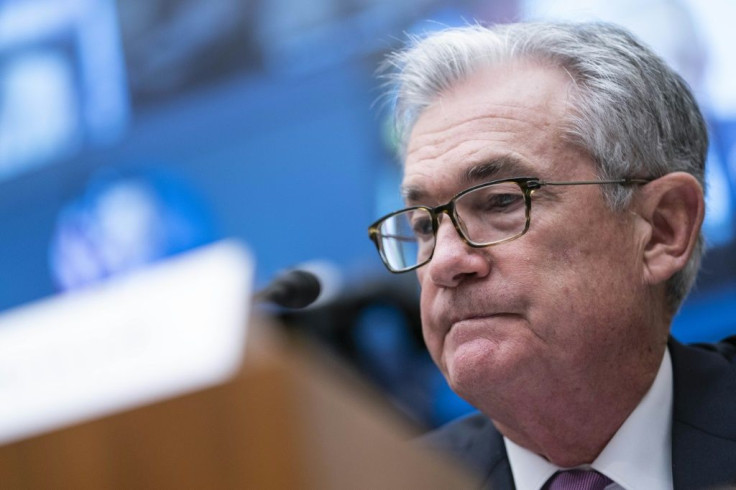US Fed Starts Deliberations With Stimulus Pullback Expected
The Federal Reserve began its two-day policy meeting on Tuesday, opening deliberations that are expected to see it announce a pull back of the stimulus it put in place to support the US economy at the start of the Covid-19 pandemic.
Central bankers have clearly telegraphed plans to slow their massive monthly bond buying program that helped stave off a financial collapse as the world's largest economy reeled from the pandemic damage in March 2020.
But the tougher question facing members of the Fed's policy-setting Federal Open Market Committee (FOMC) at the meeting a central bank spokesperson said began Tuesday afternoon is what to do about rising prices -- and when.
As the pandemic began, the Fed slashed its benchmark interest rate to zero and began buying $80 billion a month in Treasury bonds and at least $40 billion in agency mortgage-backed securities.
Those steps along with other credit programs and massive federal aid have helped the US economy bounce back faster than most.
But that success has fueled a spike in consumer demand that companies are finding it hard to meet amid labor shortages and global supply bottlenecks, which are sending inflation soaring to more than double the Fed's two percent goal.
The policy statement set for release Wednesday is expected to set the date for beginning to taper the bond-buying program, but will be closely scrutinized to see if the Fed's thinking on inflation has changed and if an interest rate hike might be coming in 2022.

"The committee would like to wait until it has completed tapering asset purchases before a liftoff in rates," Grant Thornton economist Diane Swonk said in an analysis.
But Fed Chair Jerome Powell has said the Fed "could accelerate the tapering process if necessary to get to liftoff sooner; that is looking more probable," she said.
Powell has called recent inflation pressures "transitory" and said they would dissipate once the pandemic's impact on the supply chain is sorted out.
But as the Fed's preferred inflation measure hit 4.4 percent over the 12 months ending in September, the pressures seems to be lasting longer than anticipated, raising concerns the central bank would have to take action.
Kathy Bostjancic of Oxford Economics said she expects the first increase in the benchmark lending rate to come in December 2022.
"With concerns that high inflation will persist for longer than the Fed forecasts, the bond market has priced in more rapid and aggressive rate hikes in the near-term," she said.
While the European Central Bank has kept its stimulus in place, other central banks have begun to tighten policy and the Bank of England might do so on Wednesday.
© Copyright AFP 2024. All rights reserved.











